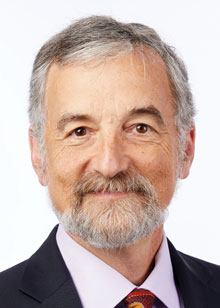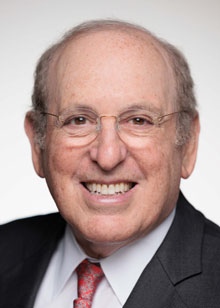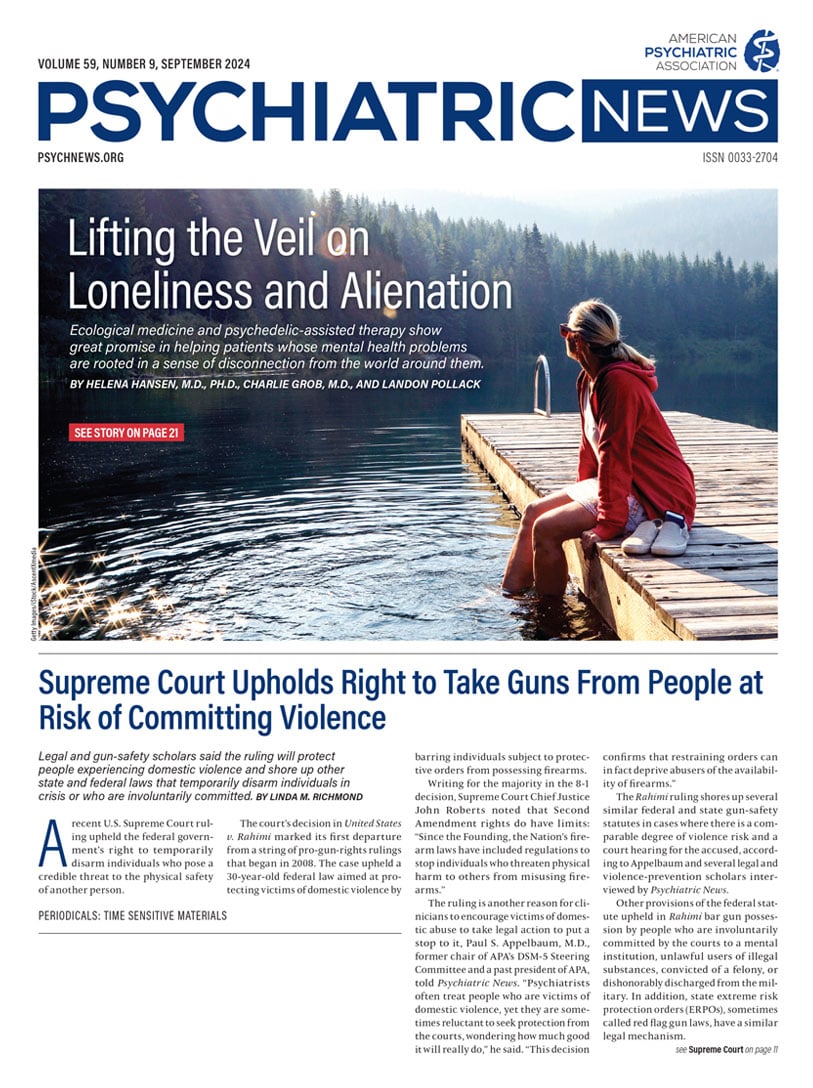In 2022, the United States lost nearly 82,000 people to opioid-related overdoses—more people than would fill the seats at AT&T Stadium, where the Dallas Cowboys play football. That same year, there were more than 180,000 nonfatal opioid-related overdoses in the U.S.
A crisis so lethal and deep needs to be addressed with large-scale, community-wide interventions, but a recent
study in the
New England Journal of Medicine suggests that those interventions can be difficult to implement and require sustained effort before yielding results.
Researchers in the HEALing Communities Study, the largest substance use prevention and treatment implementation study ever conducted, found no statistically significant difference in opioid overdose death rates between communities that implemented system-wide, evidence-based practices aimed at opioid overdose and communities that did not. However, the results may have been compromised by the COVID-19 pandemic, the growing fentanyl epidemic, and the time required for large-scale strategies to take effect.
“One big challenge … was getting communities to sit down and talk to interested parties and come up with a plan endorsed by their community, which is no small feat,” said study researcher Jeffrey H. Samet, M.D., M.P.H., M.A., speaking on behalf of the HEALing Communities Study Consortium. Samet is the John Noble Professor in General Internal Medicine, a professor of public health, and vice chair of public health at Boston University Chobanian and Avedisian School of Medicine and School of Public Health.
Connecting Communities to Services
The consortium researchers randomized 67 rural and urban communities in Kentucky, Massachusetts, New York, and Ohio to the Communities That Heal (CTH) intervention or a wait-list control. All communities had a baseline opioid-related overdose death rate of at least 25 per 100,000 adults.
The CTH intervention used a phased-planning process wherein researchers worked with community coalitions to identify and implement evidence-based strategies to improve existing gaps in three areas of opioid management: overdose education and naloxone distribution, the use of medications for opioid use disorder, and prescription opioid safety. Examples of strategies include conducting social media campaigns on the dangers of opioids, making buprenorphine available in general medical settings, and training pharmacists on naloxone administration.
The CTH intervention began in January 2020, and the researchers compared overdose outcomes between the CTH and wait-list communities between July 2021 and June 2022. The rates of opioid-related overdose deaths were similar in the intervention group and the control group during the comparison year (47.2 deaths per 100,000 population compared with 51.7 per 100,000 population, respectively). The effect of the intervention on the rate of opioid-related overdose deaths did not differ appreciably according to state, urban or rural category, age, sex, or race or ethnic group.
Overall, 615 evidence-based practices were implemented by the 34 CTH communities, but only 235 (38%) had been initiated by July 2021.
Samet and colleagues noted that only 10 months preceded the comparison period to establish agency partnerships and implement evidence-based practices. Moreover, the onset of COVID-19 shutdowns just two months after the CTH intervention made implementation more difficult.
“The clock got warped by the presence of COVID, but even without COVID, the interventions and processes were complicated, and we probably didn’t give ourselves enough time to bring [the communities] up to speed,” Samet told Psychiatric News.
Silver Linings
The news is not all bad in that the study showed what communities can achieve when they come together, Samet said.
“One thing we heard from community coalition members was that although they had heard of each other, they had not worked with each other until they formed their coalition, and what a difference it makes,” Samet said. “Another positive was the extent to which communities selected evidence-based practices that they thought would fit their communities.”
John A. Fromson, M.D., a member of APA’s Council on Addiction Psychiatry and an associate professor of psychiatry at Harvard Medical School and Brigham and Women’s Hospital, said the research conjured mixed emotions for him. “The methodology is really exciting, but it showed me how embedded the [opioid crisis] is in our society,” said Fromson, who was not involved in the research. “We have to keep working and working and working at [addressing the crisis], because if it’s not COVID, it will be other factors impeding us, and the drugs are always morphing, first with fentanyl, now with xylazine.”
Fromson said that although he was disappointed by the study’s results, he was encouraged by the way the communities were able to tailor the interventions to their needs. “When you compare this to smoking cessation or alcohol use, those are usually national campaigns that have the same message everywhere, but this was very respectful and cognizant of the individual communities,” Fromson said. “It’s a proof of concept that something like this can be done.”
Samet said that services to address opioid use must come together with mental health services, and that psychiatrists can be instrumental to such efforts. “We heard repeatedly that there is a hunger in the communities for services that address mental health needs,” he said. “It’s very hard for the segment of our population that has opioid use disorder to address it without also addressing mental health needs.”
Fromson agreed, noting that adequate mental health services are needed to support primary prevention strategies. “Right now, we’re dealing with secondary and tertiary prevention [of overdose] when we’ve got to help people not to use maladaptive coping strategies in the first place,” Fromson said.
“It’s evident that a partnership among health care professionals is critical, and central to that is the involvement of mental health professionals,” Samet said. “It’s a path that is open to creative approaches.”
This study was supported by the National Institutes of Health and the Substance Abuse and Mental Health Services Administration. ■


